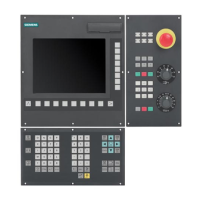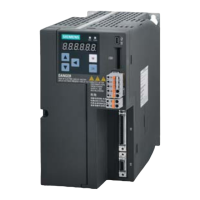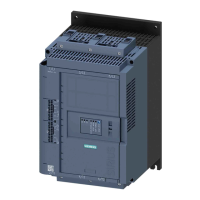S5-95U, SINEC L2 Data Transmission Using Cyclic I/O
7 Data Transmission Using Cyclic I/O
This chapter provides you with the following information:
• How this type of data transmission functions in principle
• How to set parameters for the programmable controllers
• How to program with STEP 5 for this type of data transmission (examples)
7.1 Features of Cyclic I/O
• Data transmission with cyclic I/O (ZP) is appropriate for the frequent transmission of small
amounts of data between active S5-95Us and passive S5-95Us or field devices. Extensive
programming is not required.
• A ZP station that scans other ZP stations is called a ZP master. A ZP master is always an
active station on the SINEC L2 network.
A ZP station that is scanned by a ZP master is called a ZP slave. A ZP slave is generally a
passive station on the SINEC L2 network. Exception: a ZP slave S5-95U can be either an
active or a passive station on the SINEC L2 network.
The following devices can be ZP masters:
- an active S5-95U
- a CP 5430
The following devices can be ZP slaves:
- an active S5-95U
- a passive S5-95U
- a field device
Settings in DB1 determine master/slave status of an S5-95U.
• Each ZP master can service a maximum of 32 ZP slaves. Several ZP masters can request
data in parallel from a ZP slave.
• A reserved data block (ZP DB) is responsible in the S5-95U for the word-by-word data
exchange. The cyclic I/O input area (ZPE) and cyclic I/O output area (ZPA) for the respective
stations are defined in data block ZP DB.
In the ZP master, the ZPE and the ZPA can each accept a maximum of 128 data words. In the
ZP slave, the ZPE and the ZPA can each accept a maximum of 121 data words.
The input data and output data are available without requiring a request to transmit or a request
to receive in the control program.
You set the parameters for the ZP DB and for the ZP areas in DB1.
• Status bytes (STBs) are available to control the cyclic I/O. ou set the parameters for the
location of the STBs in DB1.
EWA 4NEB 812 6112-02
7-1

